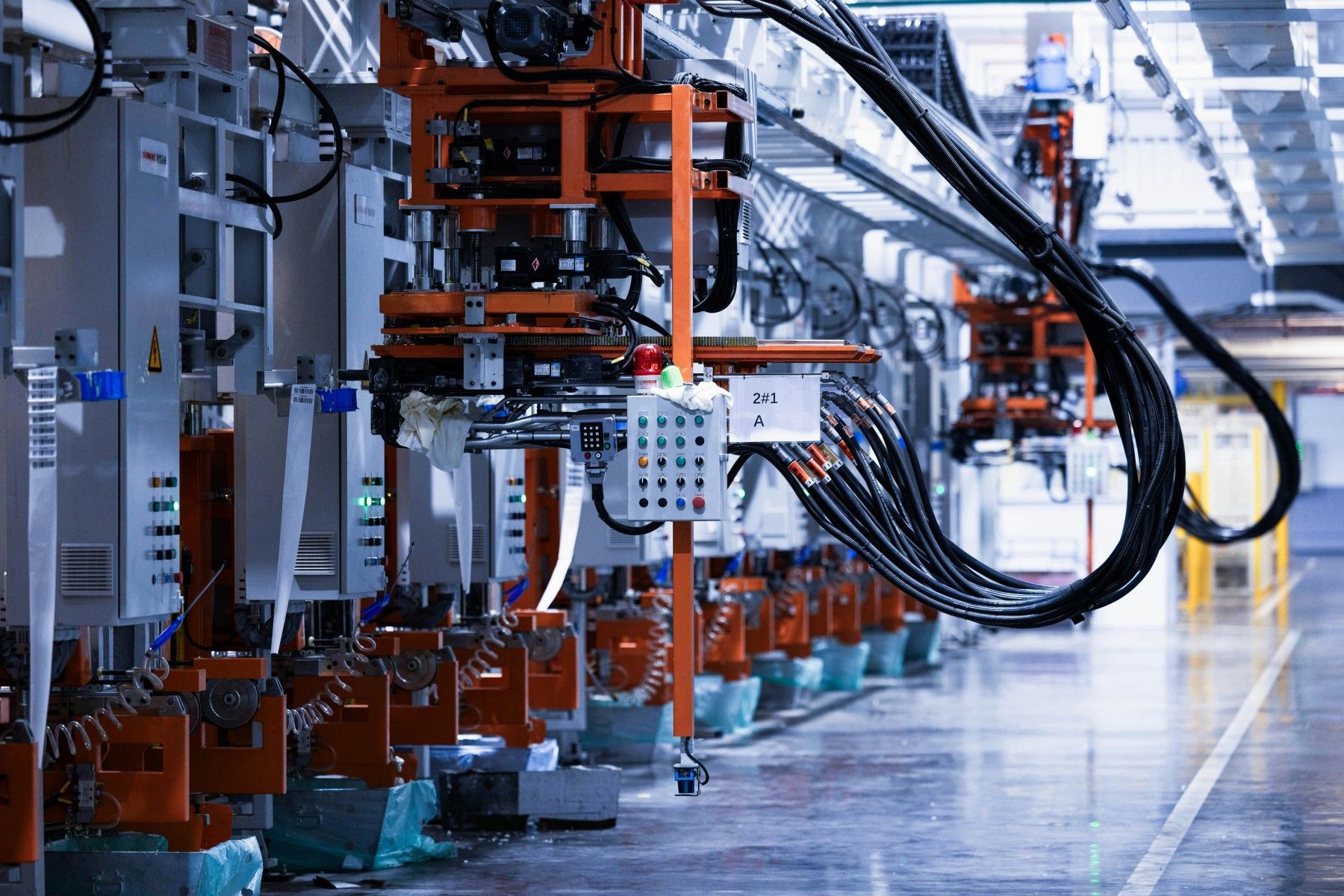Manufacturing is undergoing a revolution with the infusion of AI and data-driven intelligence on the factory floor. Often referred to as “smart manufacturing", this trend involves using machine learning, computer vision, and generative AI to optimize production processes.
For enterprise leaders in sectors like automotive, electronics, or industrial goods, the promise of AI in manufacturing is promising: increased uptime, higher quality, reduced waste, and more agile operations, all of which can directly expand profit margins in tight markets.
In recent years, the industrial market has been flooded with promises that AI would radically transform operations and efficiency. Yet much of this came in the form of overhyped solutions: especially “traditional AI” approaches that lacked proper software engineering, scalability, and integration into existing systems. As a result, many companies struggled to move beyond isolated proofs of concept, finding it difficult to actually deploy AI on the factory floor. On top of that, the inherent constraints of industrial environments - legacy equipment, strict safety and compliance requirements, data fragmentation, and limited IT resources - make it even harder to unlock the full potential of these technologies.
In this post, we’ll explore a range of use cases that have truly transformed the industry. Examples where companies have successfully moved beyond proof-of-concepts and into real, scalable impact.
The Push for Efficiency with GenAI
Manufacturing has always been about efficiency, and AI is turbo-charging this imperative.
According to a 2024 Google Cloud survey, nearly 60% of organizations in the manufacturing and automotive sectors have already moved generative AI use cases into production. Many are seeing measurable returns 86% of early adopters reported at least a 6% revenue gain from generative AI initiatives.
Efficiency gains from AI can extend across the entire value chain, from the factory floor to the back office. These improvements take different forms, such as:
- Automated email handling: managing orders, responding to customer requests, and reducing the burden on service teams.
- Automated document processing: extracting and organizing information from unstructured data sources (manuals, reports, compliance documents) so employees spend less time searching and more time acting.
- Dynamic dashboards: generating real-time insights from production and factory data, enabling managers to monitor performance, detect anomalies, and make faster decisions.
The Drive for Reliability with Predictive Maintenance and Quality Control
Gen-AI is not the only breakthrough shaping Factory AI. Several high-impact applications are already delivering results, but their success depends on more than just clever algorithms. It requires strong engineering and the right deployment strategy.
Predictive Maintenance: By analyzing sensor data (vibration, temperature, energy consumption) AI systems predict equipment failures before they happen. This proactive approach prevents breakdowns, avoids costly downtime, and extends machine life. One manufacturer reduced unplanned downtime by 68% and saved $4.2 million annually with AI-driven predictive maintenance. Yet, achieving this at scale is only possible with robust engineering to integrate AI models with industrial control systems, and with on-premise deployment to process sensitive machine data securely and in real time.
Quality Control: On the assembly line, AI-powered systems can detect defects invisible to the human eye (microscopic cracks, surface flaws, or color mismatches) at high speed. These models improve continuously as they learn from thousands of product images. The result is less waste, reduced inspection costs, and higher first-pass yields.
Process Optimization: One example from DareData illustrates how AI can go beyond monitoring and actively improve production. Manually attributing product quality on each run requires deep process knowledge and years of experience. Instead, DareData builds quality-decision ML models trained on historical operational data and process parameters. These models run directly on factory floor machines and automatically adjust settings in real time. The result is optimized configurations that minimize resource usage (energy, raw materials, water) while maintaining consistent product quality.
Robotics and Automation
Advanced robots equipped with AI are becoming more adaptable and intelligent. Unlike traditional robots that perform one task, AI-driven robots can use vision and reinforcement learning to handle multiple complex tasks or even adjust on the fly to variability. In “smart factories”, robotic arms might work alongside humans, guided by AI to ensure safety and efficiency. This collaboration can increase throughput and reduce error rates in assembly tasks.
Benefits at a Glance
AI in manufacturing delivers benefits that map directly to business KPIs: higher throughput (producing more with the same resources), better quality (fewer defects and returns), lower downtime (more operational hours), and cost savings through efficiency and waste reduction. Many early adopters report doubling of productivity in some areas, as AI not only automates tasks but also augments worker decision-making. For example, an AI system might assist human operators by recommending optimal machine settings or flagging safety hazards in real time, effectively acting like a smart assistant on the factory floor.
Challenges and Considerations
Implementing AI in legacy factory environments isn’t plug-and-play. Enterprises often face challenges with data such as machines might not have been designed to produce the data needed, or data from different systems is siloed. Ensuring data quality and integration (often via IoT sensors and industrial data platforms) is step one.
There’s also a talent aspect: manufacturing firms need to hire reliable partners with MLOps engineers who understand both AI and industrial operations. Change management is also key: frontline workers should be trained to trust and effectively use AI insights (e.g. maintenance crews acting on AI alerts). Finally, governance is important because an error in a factory AI system (like a mis-classified defect or a bad maintenance schedule) can have costly repercussions. Human oversight and gradual rollouts of AI solutions (starting as decision support tools before full automation) are prudent strategies.

